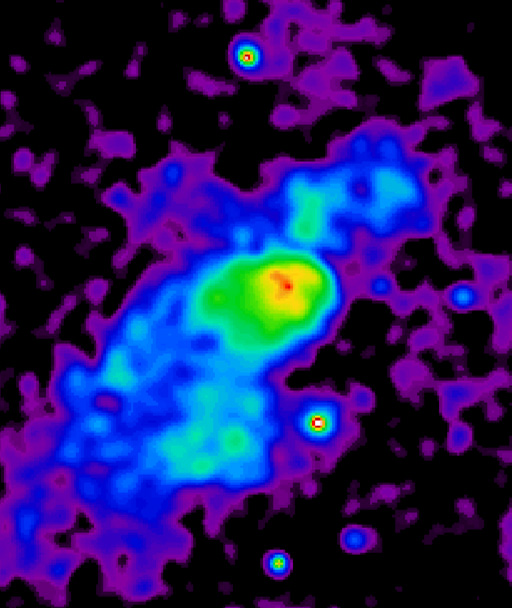Soft X-Ray Imaging: A Breakthrough in Space Weather Monitoring

In a significant advancement for space weather research, a team of scientists from Japan has proposed the use of soft X-ray imaging to monitor and understand the dynamics of the Earth's magnetosphere, particularly during periods of intense solar wind. Led by Associate Professor Yosuke Matsumoto from Chiba University, this innovative approach aims to enhance our ability to forecast space weather, which has critical implications for satellite communications and astronaut safety.
The magnetosphere serves as a protective shield for Earth, deflecting harmful solar wind—a continuous stream of charged particles emitted by the Sun. However, this magnetic barrier is not impenetrable; events such as 'magnetic reconnection' can weaken it temporarily, allowing solar energy to enter the near-Earth environment. This can result in geomagnetic storms that disrupt technology and pose risks to space missions.
According to Dr. Matsumoto, "Understanding these breaches is crucial as human activity in near-Earth space increases, making accurate space weather forecasts essential for safeguarding our technological infrastructure." Traditionally, researchers have measured the reconnection rate—the efficiency of magnetic reconnection—using spacecraft or ground-based observations, but these methods often provide limited local data.
In their study, published in the *Geophysical Research Letters* on June 28, 2025, the team utilized advanced computer simulations on the Fugaku supercomputer. They combined global magnetohydrodynamic simulations of the magnetosphere with models of soft X-ray emissions produced when solar wind interacts with Earth's hydrogen atoms. The results indicated that soft X-rays could be detected from a satellite positioned at a lunar distance, offering a comprehensive view of reconnection processes.
The researchers discovered that bright X-ray emissions form distinct cusp-shaped patterns, which correlate with the magnetic field structure around reconnection zones. By analyzing the geometry of these features, the team calculated a global reconnection rate of 0.13, aligning with theoretical predictions and laboratory measurements. This finding suggests a new method for estimating reconnection rates, enhancing our understanding of space weather dynamics.
Dr. Yoshizumi Miyoshi from Nagoya University, a co-author of the study, emphasized the broader implications of this research: "Magnetic reconnection is fundamental not only to Earth's magnetosphere but also to various astrophysical phenomena, including explosive events in plasma devices and the dynamics of black holes. Understanding these processes is vital for future advancements in technologies such as fusion energy and cosmic ray research."
As humanity embarks on an era of increased space exploration and commercial activities, the ability to accurately predict space weather becomes paramount. The implications of this study extend beyond theoretical understanding; they are crucial for the safety of astronauts and the reliability of satellite communications. The proposed method of using soft X-ray imaging could revolutionize our approach to monitoring space weather, ensuring that we are better prepared for the challenges of operating in increasingly complex near-Earth environments.
In summary, the innovative research by Dr. Matsumoto and his team presents a promising new avenue for understanding and predicting space weather, contributing to our ability to safeguard both technological assets and human life in space. As we look forward to future advancements in this field, the intersection of space science and technology continues to offer exciting possibilities for exploration and discovery.
Advertisement
Tags
Advertisement





